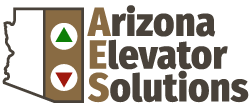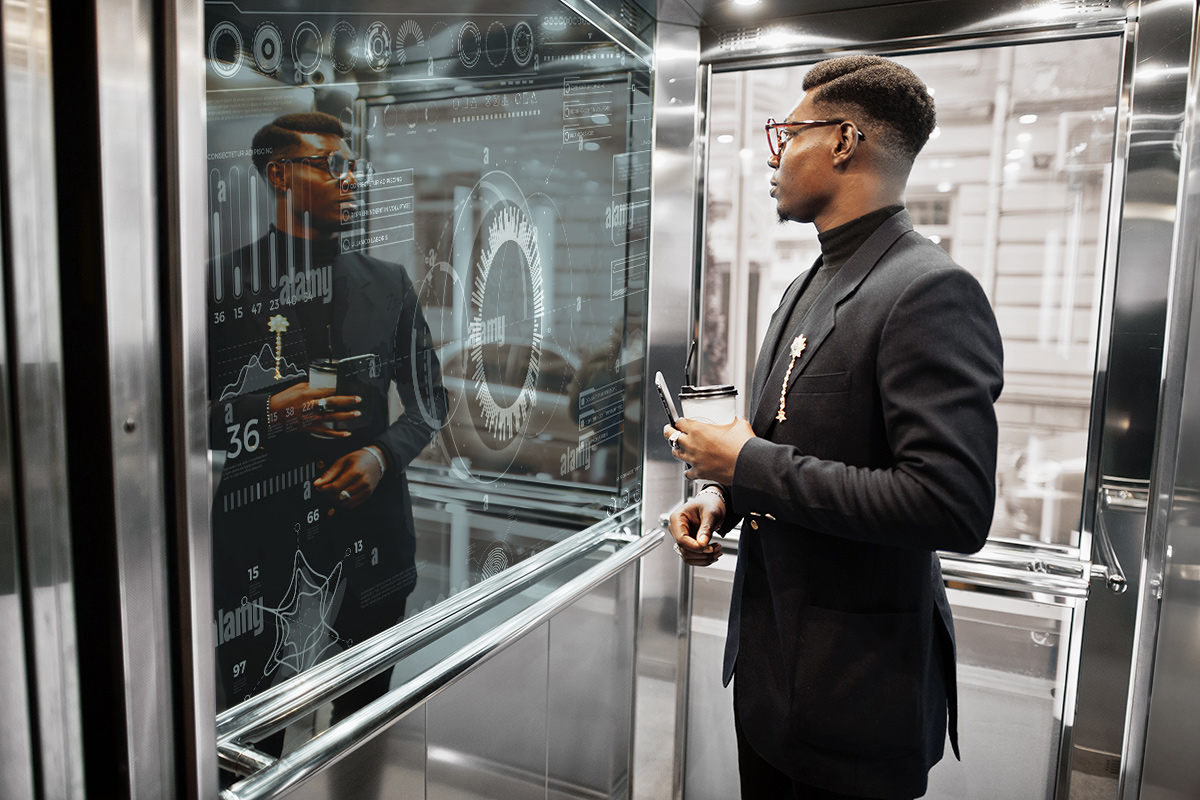If you are in charge of a building with older elevators, you may be familiar with what inspectors call: ASME A17.3, the Safety Code for Existing Elevators and Escalators. While ASME A17.1 covers new installations, A17.3 tells building owners what upgrades must be made to keep existing elevators safe and compliant. Read on to learn more.
Table of Contents
ToggleWhy ASME A17.3 Matters
Arizona is adopting A17.3 standards as part of elevator inspection protocol. The aim is to make sure older elevators are as close as possible to the safety expectations one would need in modern elevators without the need for compulsory modernization. Covering hazards from the analysis of incident data through the decades. This may result in your local authority listing code-required upgrades during your next annual visit. These aren’t optional improvements, they’re mandated safety corrections.
Common ASME A17.3 Upgrades
1. Door Restrictors and Door Protection
Older elevators often allow doors to open between floors, which can be dangerous if the car stops unexpectedly. A17.3 requires mechanical or electronic door restrictors that prevent this. Many inspectors also require updated infrared door sensors to stop doors from closing on passengers.
2. Emergency Two-Way Communication
Today’s elevators must provide clear two-way communication to emergency personnel. A17.3 upgrades typically include hands-free speakerphones and sometimes visual or text-based options for hearing-impaired passengers.
3. Car Top and Pit Safety
Inspectors will check for proper stop switches, lighting, and GFCI outlets on the car top and in the pit. Access ladders, railings, and pit cleanouts must meet specific safety requirements to protect service technicians.
4. Electrical and Fire Safety
The code calls for properly grounded outlets, mainline disconnect switches within sight of the controller, and hoistway or machine-room wiring that meets modern electrical codes. Fire-rated doors or enclosures around the hoistway may also be required.
5. Door Lock Monitoring (DLM)
Although introduced in newer codes, many states are applying DLM systems retroactively through A17.3 adoption. These systems ensure the car won’t move unless doors are fully closed and locked—a major safety advancement.
Compliance Timelines
Local deadlines will vary by location. Some areas in Arizona will phase in the requirements over many years while others may enforce them upon inspection of the elevator. A compliance assessment from a licensed elevator contractor, such as ourselves, will help you discover what is already in compliance and what requires upgrading.
What Goes Up – Must Come Down!
Upgrading to A17.3 standards isn’t just about passing inspection—it’s about reducing liability and ensuring long-term safety. Partnering with an experienced team like AZ Elevator Solutions means your upgrades will meet both state and national codes. A professional inspection review and maintenance plan will help you budget improvements efficiently and prevent costly last-minute corrections. The purpose of ASME A17.3 is not to make life more difficult for the management or owners of buildings. it is focused on keeping everyone who uses elevators safe. Working with AZ Elevator Solutions means you will stay ahead of the curve when it comes to compliance deadlines and of course it will demonstrate to officials your commitment to the safety of your employees and customers.
Arizona Elevator Solutions Is A Professional Elevator Company In Arizona
Arizona Elevator Solutions is your go to elevator specialists that can handle anything from elevator repair and maintenance to elevator modernization and upgrades. Get a free elevator modernization quote from Arizona Elevator Solutions today! We also offer elevator services in Colorado.

